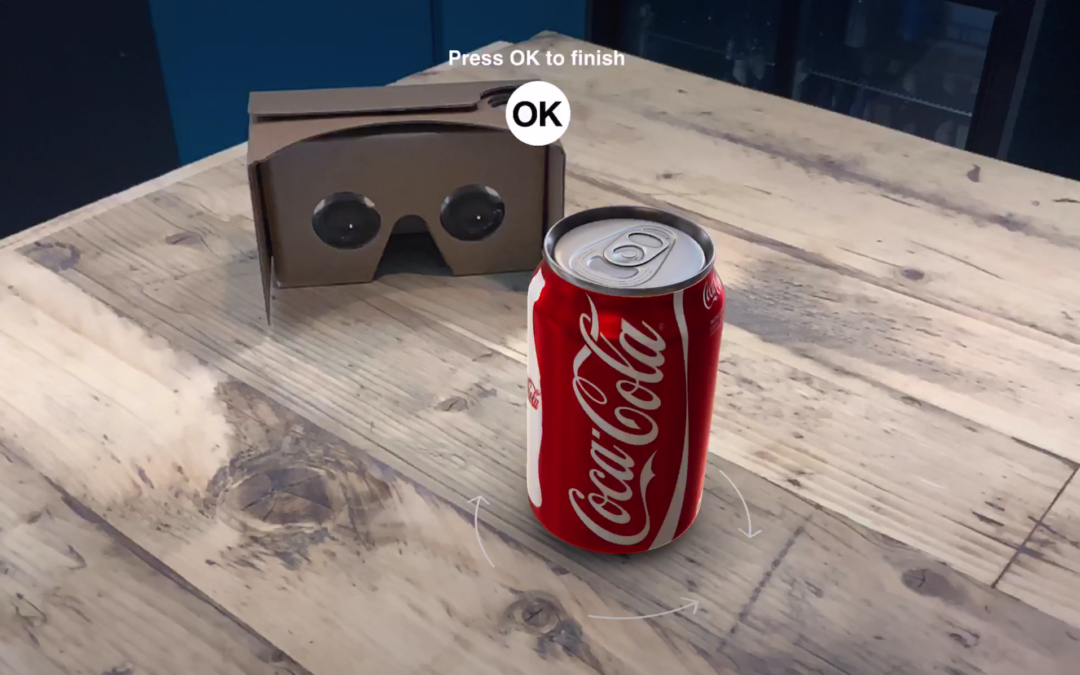The capacity for augmented reality to prompt real behaviour in AR consumer research is always a joy to experience. Engaging respondents with 3D stimulus and immersing them in real world context never fails to surprise. Every time a respondent walks around a virtual shopping basket or believes an augmented product is real – we know we’re doing something right.
The lady below has placed an AR product on the coffee table, to view it from different angles and provide feedback on pack designs. When she stops looking at the AR product through the lens of her mobile phone – she’s genuinely surprised the drink isn’t actually a real product. It’s a brilliant example of how immersive technology blurs the boundaries between digital and physical worlds.
Augmented reality (and virtual reality) are able to induce an illusion of ‘presence’ even though people cognitively know it isn’t real. The psychology behind this sense of presence is mediated by the Place and Plausibility Illusion:
Place Illusion is where a person experiences something as if it were physically there. Objects appear in situ, get closer / further away depending on movement and the object consistently occupies the same spacial area. In other words, the lady thinks the AR product looks real in the physical world.
Plausibility Illusion is when the person’s experience accurately mirrors the physical world. Objects reflect light, can be move around the physical space and interactions are believable. In the example, the respondent is convinced the AR product behaves realistically and therefore exists in the real world.
Combining Place and Plausibility Illusion into an AR or VR experience transforms how consumer research is conducted. More realistic stimulus, in real world context, delivering System 1 insight. What’s not to like. For more information, check out our range of immersive research products to see how we can help.


Recent Comments